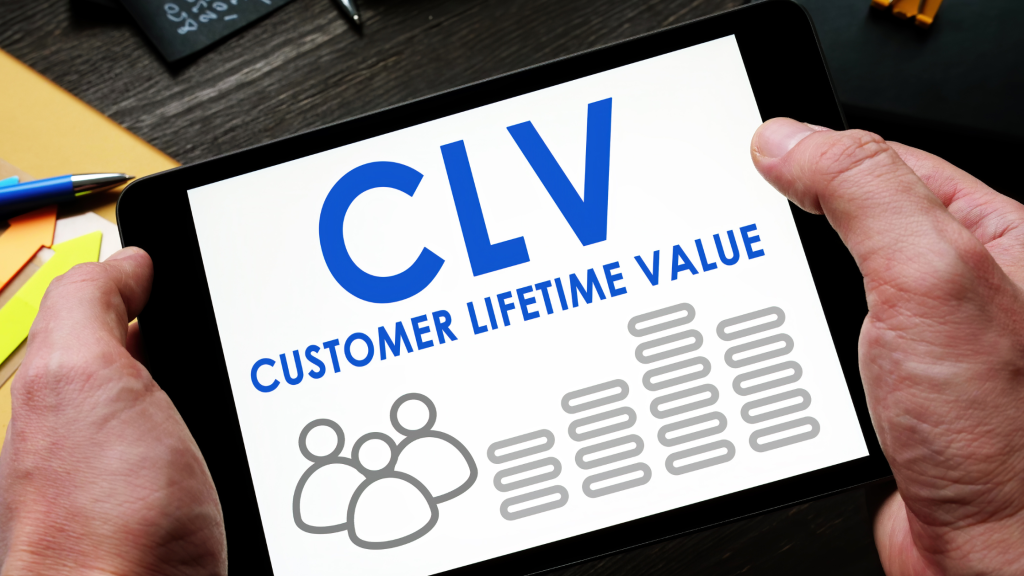Introduction: The Centrality of Customer Lifetime Value (CLV)
In the dynamic e-commerce landscape, where consumer behavior and technological advancements are continuously shifting, understanding and capitalizing on Customer Lifetime Value (CLV) has never been more critical. This integral metric offers businesses the lens to view not just today’s transactions but the holistic relationship with their consumers.
History and Origin of CLV
Even before the dawn of e-commerce, the value of repeat customers was apparent. Main street businesses would recognize faces, understanding that loyalty and repeat purchases often went hand in hand. However, with the advent of e-commerce, where businesses could no longer “see” their customers, the CLV metric became the digital version of recognizing a familiar face.
The Underpinnings of CLV in E-commerce
Components Defining CLV
CLV, often described as the “golden metric,” isn’t simple. It considers past purchases, future buying potential, customer referrals, and the quality of brand-customer relationships. Decoding it necessitates a deep dive into data and a commitment to understanding customer journeys.
Quantitative and Qualitative Aspects of CLV
Quantitatively, CLV focuses on hard numbers – purchase history, frequency of shopping, and average transaction amounts. Qualitatively, it delves into softer metrics like customer satisfaction, feedback, and brand perception.
Why CLV Holds the Keys to E-commerce Success
Implications of CLV in Strategic Decision-making
E-commerce businesses, big and small, can use CLV as a guiding star. This metric can inform areas like marketing budget allocation, inventory decisions, customer service policies, and more. It essentially points out where the most value is and where resources can be channeled for maximum ROI.
Practical Steps to Amplify CLV
1. Deep Personalization
Today’s customers expect more than a generic email greeting. Algorithms now can predict buyer behavior, making it possible for businesses to create a shopping experience that feels individualized.
2. Enhancing Post-Purchase Experience
A sale isn’t the end but the beginning of the CLV journey. How businesses handle post-purchase interactions, from customer support to asking for reviews, can greatly influence future buying decisions.
3. Building Trust through Transparency
In an age of data breaches and online scams, being transparent about data handling and business processes can enhance customer trust and, by extension, CLV.
4. Loyalty Programs That Truly Reward
It’s not about giving a discount coupon anymore. Loyalty programs now offer exclusive experiences, early access to sales, and even integrate gamification to keep the customer hooked.
Challenges in Optimizing CLV
Keeping Pace with Evolving Consumer Preferences
With the influx of information, consumers change preferences rapidly. E-commerce platforms need to adapt swiftly to cater to these shifts, ensuring they are always in sync with what their customers want.
Competing in an Oversaturated Market
With countless e-commerce sites vying for attention, businesses have to find unique ways to stand out. This could be through niche offerings, exceptional customer service, or innovative marketing strategies.
Case Studies: Brands That Got CLV Right
Amazon Prime: More Than Just Fast Shipping
Amazon’s Prime membership, with its array of benefits from streaming to exclusive deals, has effectively locked in a vast segment of customers, ensuring they shop more frequently and exclusively on Amazon.
Zappos: Service Above Everything
Zappos has built its brand around exceptional customer service. Their easy return policies, 24/7 customer support, and focus on customer happiness have ensured a high CLV.
Future of CLV: What’s Next?
Integration of AI and Machine Learning
As AI becomes more sophisticated, its role in predicting customer behavior and automating personalization will be pivotal in determining CLV.
Shift Towards Sustainability
With the increasing importance of sustainability, brands focusing on green initiatives will find favor with eco-conscious consumers, positively influencing their CLV.
Conclusion: Navigating the Future with CLV
CLV remains at the heart of e-commerce success. As businesses navigate an ever-evolving digital landscape, understanding and leveraging CLV will be the compass guiding them towards sustained growth and profitability.

